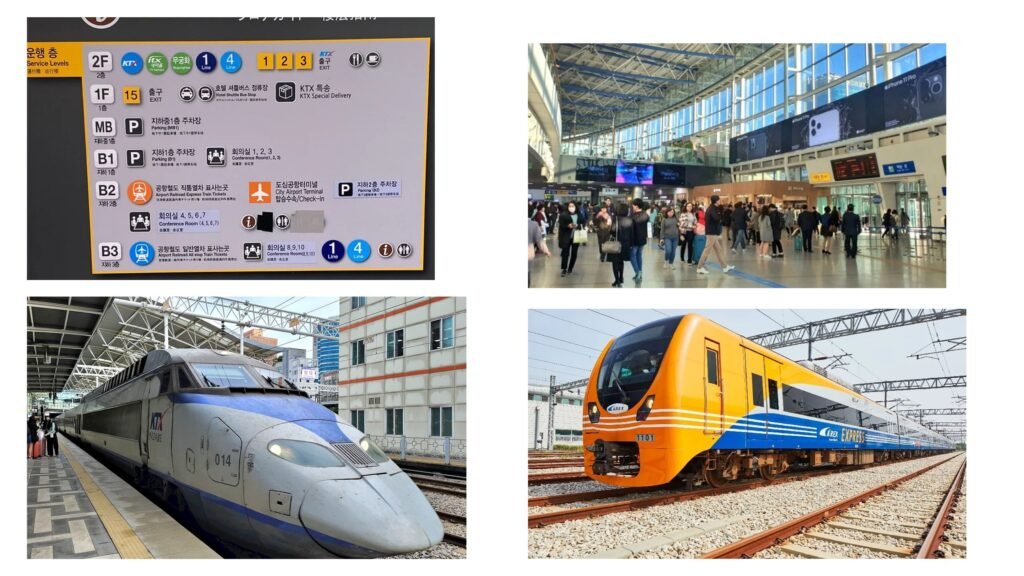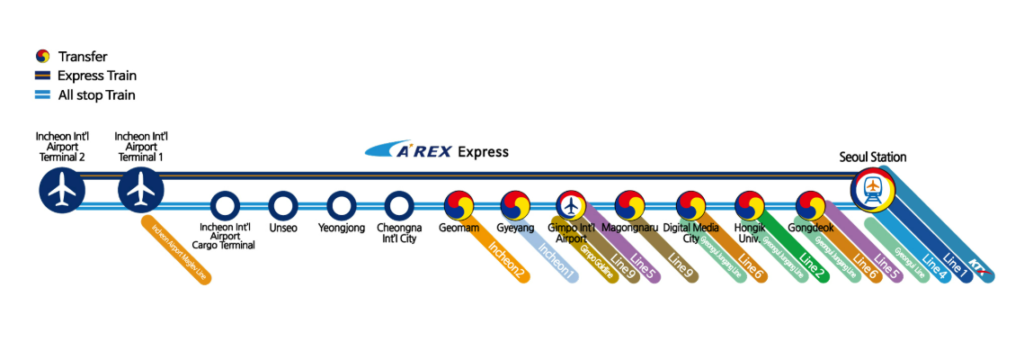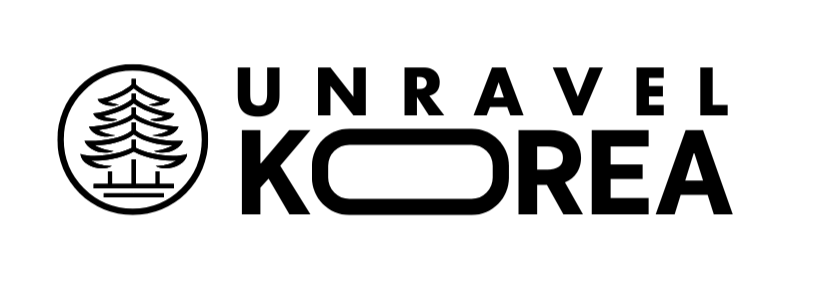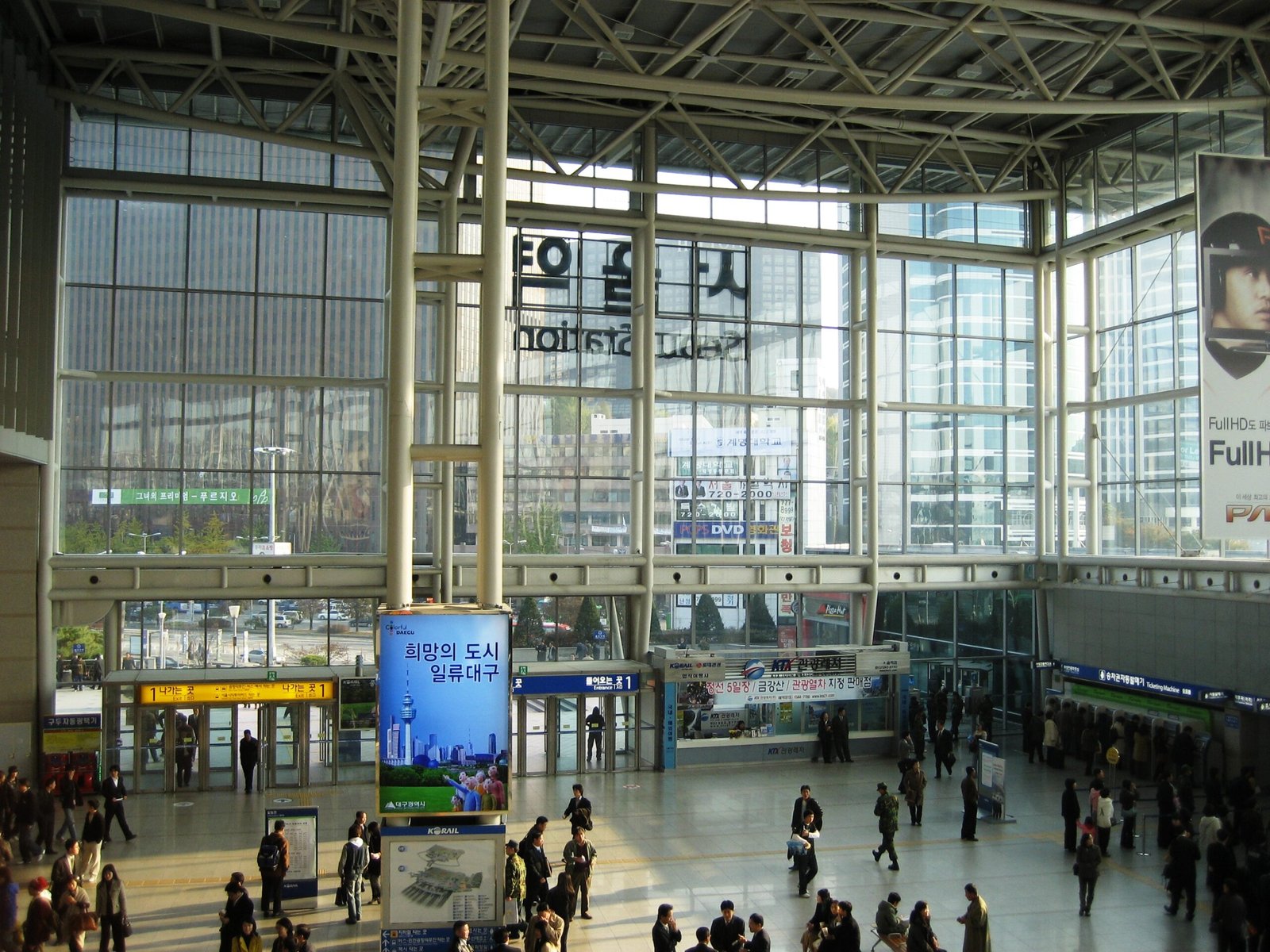I’ve become intimately familiar with Seoul Station – Korea’s bustling transportation heart. Whether you’re catching a KTX to Busan, heading to Incheon Airport via AREX, or just exploring the area, this guide will help you navigate Seoul Station like a local.
Understanding Seoul Station Layout & Directory

Seoul Station serves as Korea’s main railway hub, connecting high-speed trains, airport express services, and Seoul’s subway system.
The station directory shows multiple levels: B2 houses the subway platforms, B1 contains shops and restaurants, while the main floor handles KTX and AREX services.
Seoul Station Map Essentials
The Seoul Station map reveals a complex but logical layout. KTX platforms occupy the eastern section, AREX operates from the western side, and subway connections sit below.
Key landmarks include the large electronic departure boards, information desks marked in multiple languages, and the iconic curved ceiling architecture.
KTX High-Speed Rail at Seoul Station
Seoul Station KTX Services
Seoul Station serves as the primary terminus for Korea’s KTX (Korea Train eXpress) network. From here, you can reach:
- Busan: 2 hours 30 minutes via KTX
- Daegu: 1 hour 40 minutes
- Gwangju: 1 hour 50 minutes
- Mokpo: 2 hours 45 minutes
The Seoul KTX station map shows platforms 1-20 handling different routes. I’ve used KTX countless times for weekend trips, and the efficiency is remarkable. Tickets can be purchased at machines, counters, or through the Korail app.
Pro Tips for KTX Travel
- Book reserved seats during peak seasons (holidays, weekends)
- Arrive 30 minutes early for boarding
- Platform information appears 10 minutes before departure
AREX Seoul Station: Your Airport Connection
AREX Seoul Station Operations
The Airport Railroad Express (AREX) connects Seoul Station directly to Incheon International Airport in just 43 minutes. The AREX Seoul Station map shows dedicated platforms on the station’s western side, separate from KTX operations.
AREX Schedule:
- Operating Hours: 5:20 AM – 12:00 AM daily
- Express Trains: Every 30 minutes (non-stop to ICN)
- All-Stop Trains: Every 6-12 minutes (includes Gimpo Airport)
City Airport Terminal Services
Seoul Station houses Korea’s City Airport Terminal, allowing passengers to check in for flights before reaching the airport. Available airlines include:
- Korean Air
- Asiana Airlines
- Jeju Air
- Jin Air

Check-in Process:
- Arrive with passport and booking confirmation
- Complete check-in 3 hours before domestic flights, 4 hours before international
- Receive boarding pass and baggage tags
- Take AREX express to airport immigration
Seoul Station Food Scene
Seoul Station Food Court & Restaurants
Seoul Station food options cater to every budget and taste. The main food court features Korean classics like bibimbap, bulgogi, and Korean fried chicken. International options include McDonald’s, Starbucks, and various Asian cuisines.
My Student Budget Favorites:
- Lotteria: Korean-style burgers and fries
- 김밥천국 (Gimbap Cheonguk): Affordable Korean rice rolls
- Paris Baguette: Fresh pastries and coffee
Nearby Dining Options
Beyond the station, Namdaemun Market (5-minute walk) offers incredible street food experiences.
The area around Seoul Station features everything from convenience store meals to high-end Korean barbecue restaurants.
Practical Information
Multiple locker sizes accommodate different luggage needs:
- Small lockers: 2,000-3,000 KRW (12 hours)
- Medium lockers: 3,000-4,000 KRW (12 hours)
- Large lockers: 4,000-5,000 KRW (12 hours)
Locations include near KTX platforms, subway connections, and main entrances.
Seoul Subway Connections
Seoul Station connects three subway lines:
- Line 1: Covers central Seoul and extends to Incheon
- Line 4: Connects to Myeongdong, Dongdaemun, and Gangnam
- Airport Line: AREX services to both airports
Getting to Myeongdong from Seoul Station: Take Line 4 (Blue Line) toward Oido, get off at Myeongdong Station (2 stops, 4 minutes). This route costs 1,550 KRW with a T-money card.
Shopping and Entertainment
The station connects to Lotte Outlet Seoul Station, featuring:
- International and Korean fashion brands
- Electronics and duty-free shopping
- Restaurants and cafes
- CGV cinema complex
Area Attractions & Recommendations
Walking Distance:
- Namdaemun Market: 5 minutes (traditional market experience)
- Myeongdong: 10 minutes (shopping and street food)
- Deoksugung Palace: 15 minutes (historical site)
Here are my must-visit places in Seoul and here you can visit and see the 10 famous temples of Seoul that are very close to you.
Easy Subway Access:
- N Seoul Tower: Line 4 to Myeongdong, then cable car
- Hongdae: Line 2 connection for nightlife
- Gangnam: Line 4 direct connection
Living Tips
Having lived in Seoul since 2023, here’s what I wish I’d known earlier about Seoul Station:
Money-Saving Tips:
- Use T-money card for 10% discount on public transport
- Convenience store meals inside stations cost less than restaurants
- Free WiFi available throughout the station
Navigation Advice:
- Download Citymapper or Subway Korea apps
- Keep photos of Korean subway maps on your phone
- Station announcements are in Korean, English, Chinese, and Japanese
Transportation Hub Strategy
Seoul Station works best as a connection point. Whether you’re catching KTX trains to explore Korea, using AREX for airport transfers, or connecting to Seoul’s subway network, understanding the station layout saves significant time.
The key is recognizing that Seoul Station functions as three integrated systems: KTX for nationwide travel, AREX for airport connections, and subway for Seoul city transport. Each system has distinct areas, ticketing, and platforms.
Final Opinion
Seoul Station represents Korea’s transportation efficiency at its finest. While initially overwhelming, the station’s logical layout and excellent signage make navigation straightforward with practice.
Whether you’re planning KTX adventures to Busan, airport transfers via AREX, or simply exploring Seoul’s attractions, this station serves as your gateway to incredible Korean experiences.

